Home>Gardening & Outdoor>Landscaping Ideas>How Tall Does Timothy Grass Grow
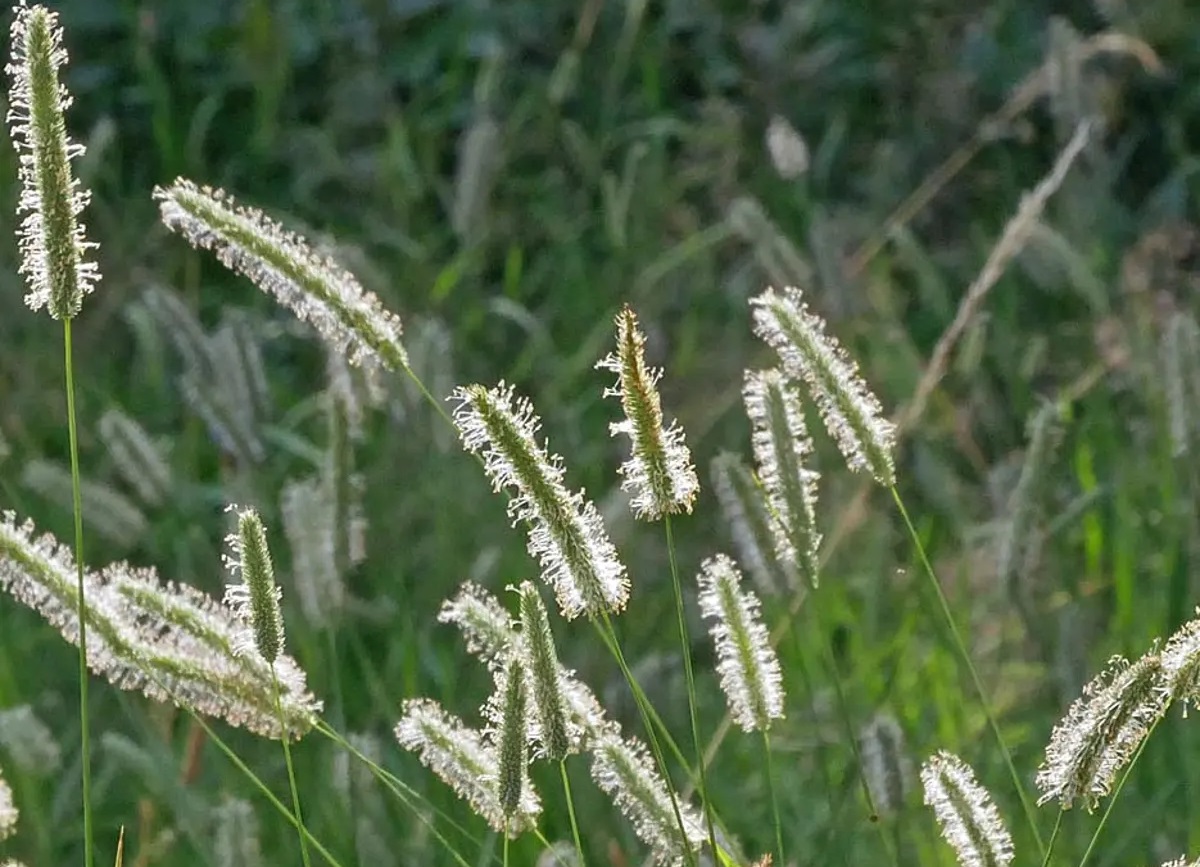

Landscaping Ideas
How Tall Does Timothy Grass Grow
Published: January 24, 2024
Learn how tall Timothy grass grows and get landscaping ideas to incorporate this versatile grass into your outdoor space. Discover tips for cultivating a lush and vibrant lawn with Timothy grass.
(Many of the links in this article redirect to a specific reviewed product. Your purchase of these products through affiliate links helps to generate commission for Storables.com, at no extra cost. Learn more)
Introduction
Timothy grass, scientifically known as Phleum pratense, is a cool-season perennial grass that is widely cultivated for forage production and erosion control. It is a popular choice among farmers and landscapers due to its resilience and adaptability. Understanding the growth characteristics of Timothy grass is essential for anyone looking to establish and maintain a lush, healthy lawn or pasture. One of the key aspects of Timothy grass that garners significant interest is its potential height. In this article, we will delve into the factors that influence the height of Timothy grass, ideal growing conditions, and the optimal height for this versatile grass species.
Key Takeaways:
- Timothy grass grows best in well-draining soil, with consistent moisture, and moderate temperatures. Understanding its ideal conditions is crucial for successful cultivation.
- The optimal height of Timothy grass varies for different purposes, from 2.5 to 4 inches for forage production to 12 to 18 inches for erosion control. Tailoring its height is essential for specific needs.
Read more: How Tall Does Wheat Grass Grow
Characteristics of Timothy Grass
Timothy grass is characterized by its slender, cylindrical stems that can reach varying heights depending on several factors. The grass typically features dense, cylindrical flower spikes, which contribute to its visual appeal and make it a valuable component in both agricultural and landscaping settings. Its leaves are flat and smooth, providing a soft texture that is ideal for grazing livestock and creating a lush, verdant landscape.
One of the defining characteristics of Timothy grass is its exceptional nutritional value. It is rich in protein and fiber, making it a highly desirable forage option for livestock. Additionally, its deep root system enhances soil stability and erosion control, making it an excellent choice for landscaping in areas prone to soil erosion.
Timothy grass is known for its adaptability to various soil types and climates. It thrives in cool, moist environments and exhibits remarkable resilience in the face of fluctuating temperatures. These attributes make it a versatile and reliable choice for landscaping and agricultural purposes.
Understanding the unique characteristics of Timothy grass is crucial for harnessing its full potential in landscaping and agricultural applications. By leveraging its nutritional value, adaptability, and visual appeal, individuals can create vibrant, sustainable landscapes and provide high-quality forage for livestock.
Ideal Growing Conditions for Timothy Grass
Timothy grass flourishes under specific growing conditions that cater to its inherent characteristics and growth requirements. Understanding and providing these ideal conditions are essential for fostering healthy and robust Timothy grass growth.
Soil: Timothy grass thrives in well-draining, loamy soils with a slightly acidic to neutral pH range of 6.0 to 7.0. The soil should be rich in organic matter to support vigorous root development and overall plant health.
Moisture: Adequate moisture is crucial for the successful cultivation of Timothy grass. While it exhibits a degree of drought tolerance, consistent moisture levels are essential for optimal growth. Irrigation or natural rainfall should provide sufficient moisture to sustain healthy development.
Temperature: As a cool-season grass, Timothy grass favors moderate temperatures ranging from 60 to 75 degrees Fahrenheit (15 to 24 degrees Celsius). It experiences optimal growth during the cooler months and may exhibit reduced vigor in hot, arid conditions.
Light: Timothy grass thrives in areas that receive ample sunlight. It is well-suited for open landscapes and pastures where it can bask in full or partial sunlight, promoting robust photosynthesis and overall vitality.
Fertilization: Providing the appropriate nutrients through fertilization is crucial for supporting healthy Timothy grass growth. A balanced fertilizer with nitrogen, phosphorus, and potassium can bolster the grass’s nutrient uptake and promote lush, vibrant foliage.
By creating an environment that aligns with these ideal growing conditions, individuals can cultivate thriving stands of Timothy grass, whether for forage production, erosion control, or ornamental landscaping purposes. Understanding the specific needs of Timothy grass is instrumental in fostering its optimal growth and maximizing its aesthetic and functional benefits.
Timothy grass can grow up to 2-4 feet tall, so make sure to give it enough space to thrive in your garden or field.
Factors Affecting the Height of Timothy Grass
The height of Timothy grass is influenced by various factors that collectively contribute to its growth and development. Understanding these factors is pivotal in managing and optimizing the height of Timothy grass to suit specific landscaping or agricultural requirements.
Genetics and Varietal Characteristics: The genetic makeup and varietal traits of Timothy grass play a significant role in determining its potential height. Different cultivars exhibit varying growth habits, with some tending to reach greater heights than others. Selecting the appropriate cultivar based on desired height and growth patterns is essential for achieving the desired aesthetic or functional outcomes.
Soil Fertility and Nutrient Availability: The fertility of the soil and the availability of essential nutrients directly impact the height and overall vigor of Timothy grass. Well-fertilized soils with balanced nutrient levels can promote robust growth, resulting in taller and more luxuriant stands of grass. Conversely, nutrient deficiencies or imbalanced soil fertility may impede optimal height attainment.
Moisture Levels: Adequate moisture is crucial for sustaining healthy growth and influencing the height of Timothy grass. Consistent moisture levels support vigorous development, while prolonged drought conditions can restrict vertical growth and lead to stunted grass stands. Proper irrigation and water management are essential for maintaining optimal moisture levels conducive to healthy height attainment.
Temperature and Climate: The prevailing temperature and climate conditions exert a significant influence on the height of Timothy grass. Cool-season grasses such as Timothy grass thrive in moderate temperatures and may exhibit reduced growth in extreme heat or cold. Favorable climatic conditions can support robust vertical development, contributing to increased grass height.
Management Practices: The implementation of effective management practices, including mowing height, frequency, and overall maintenance, directly impacts the height of Timothy grass. Appropriate mowing regimes that align with the grass’s growth habits and intended height, coupled with diligent maintenance practices, can contribute to achieving and preserving the desired grass height.
By considering and managing these influential factors, individuals can exert a degree of control over the height of Timothy grass, tailoring its growth to meet specific functional, aesthetic, or agricultural objectives. Understanding the interplay of these factors is instrumental in optimizing the height of Timothy grass to suit diverse landscaping and agricultural applications.
Optimal Height of Timothy Grass
The optimal height of Timothy grass is a crucial consideration for various applications, ranging from forage production to ornamental landscaping. Determining the ideal height involves balancing functional requirements, aesthetic preferences, and the inherent growth habits of Timothy grass to achieve the desired outcomes.
Forage Production: In agricultural settings, the optimal height of Timothy grass for forage production is typically in the range of 2.5 to 4 inches (6 to 10 centimeters). This height range offers an ideal balance of nutrient content, palatability, and regrowth potential, making it suitable for grazing livestock and hay production. Maintaining the grass at this height supports sustainable forage yield and quality, contributing to livestock nutrition and overall farm productivity.
Ornamental Landscaping: In landscaping and ornamental applications, the optimal height of Timothy grass varies based on design preferences and intended visual impact. For manicured lawns and formal landscapes, maintaining the grass at a height of 2 to 3 inches (5 to 8 centimeters) can create a neat, uniform appearance while promoting a lush, dense turf. In more naturalistic or informal landscaping designs, allowing the grass to reach heights of 3 to 4 inches (8 to 10 centimeters) can impart a more relaxed, natural aesthetic.
Erosion Control and Soil Stabilization: When utilized for erosion control and soil stabilization, the optimal height of Timothy grass aligns with its ability to form dense, protective ground cover. Allowing the grass to reach heights of 12 to 18 inches (30 to 45 centimeters) can facilitate effective soil retention, minimize erosion, and create a resilient vegetative barrier against environmental forces.
Understanding the diverse optimal height requirements for Timothy grass enables individuals to tailor its growth to suit specific functional and aesthetic objectives. Whether it’s for agricultural productivity, landscaping appeal, or environmental conservation, optimizing the height of Timothy grass is pivotal in harnessing its full potential across various applications.
Read more: How Tall Does Pampas Grass Grow
Conclusion
Timothy grass, with its versatile characteristics and adaptability, offers a wealth of benefits for agricultural, landscaping, and environmental applications. Understanding the factors that influence its height, along with the optimal height considerations, is instrumental in harnessing its full potential and reaping the associated rewards.
By comprehending the genetic traits, soil and climate requirements, and management practices that impact its height, individuals can effectively manage and optimize the growth of Timothy grass to suit diverse needs. Whether it’s for forage production, ornamental landscaping, or erosion control, tailoring the grass’s height to align with specific objectives is essential for achieving desired outcomes.
From the lush, nutrient-rich pastures that sustain livestock to the vibrant, resilient landscapes that adorn residential and commercial properties, Timothy grass stands as a testament to the inherent beauty and functionality of nature. Its optimal height serves as a reflection of the careful balance between form and function, offering a testament to the seamless integration of aesthetics and practicality.
As we continue to explore and leverage the potential of Timothy grass in various settings, it is imperative to recognize the nuanced considerations that underpin its height and growth. By doing so, we can cultivate thriving stands of Timothy grass that not only enhance our surroundings but also contribute to the sustenance and well-being of ecosystems and agricultural endeavors.
In conclusion, the optimal height of Timothy grass encapsulates the convergence of art and science, where thoughtful management and environmental responsiveness converge to yield landscapes and pastures that are as visually captivating as they are functionally robust.
Frequently Asked Questions about How Tall Does Timothy Grass Grow
Was this page helpful?
At Storables.com, we guarantee accurate and reliable information. Our content, validated by Expert Board Contributors, is crafted following stringent Editorial Policies. We're committed to providing you with well-researched, expert-backed insights for all your informational needs.
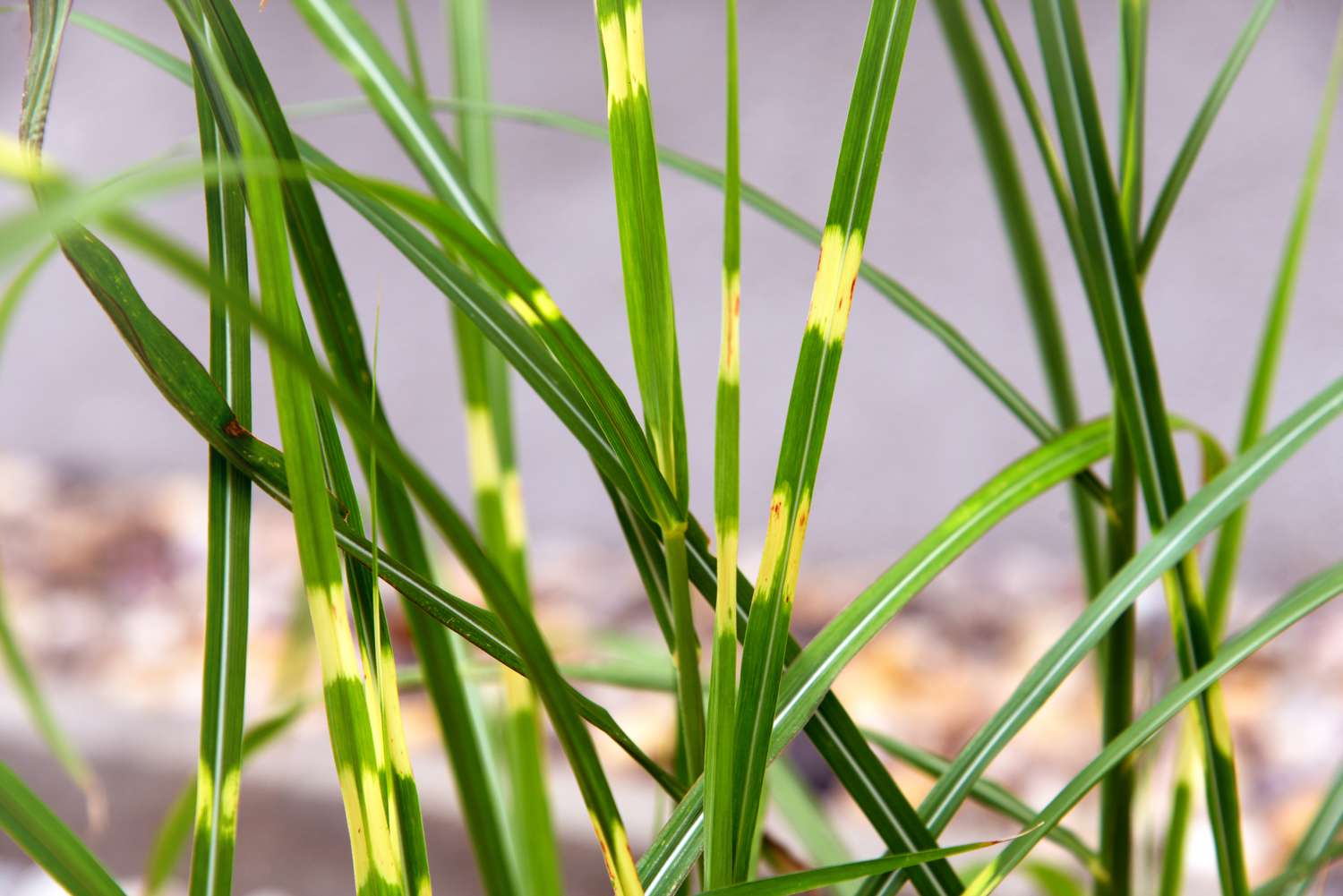
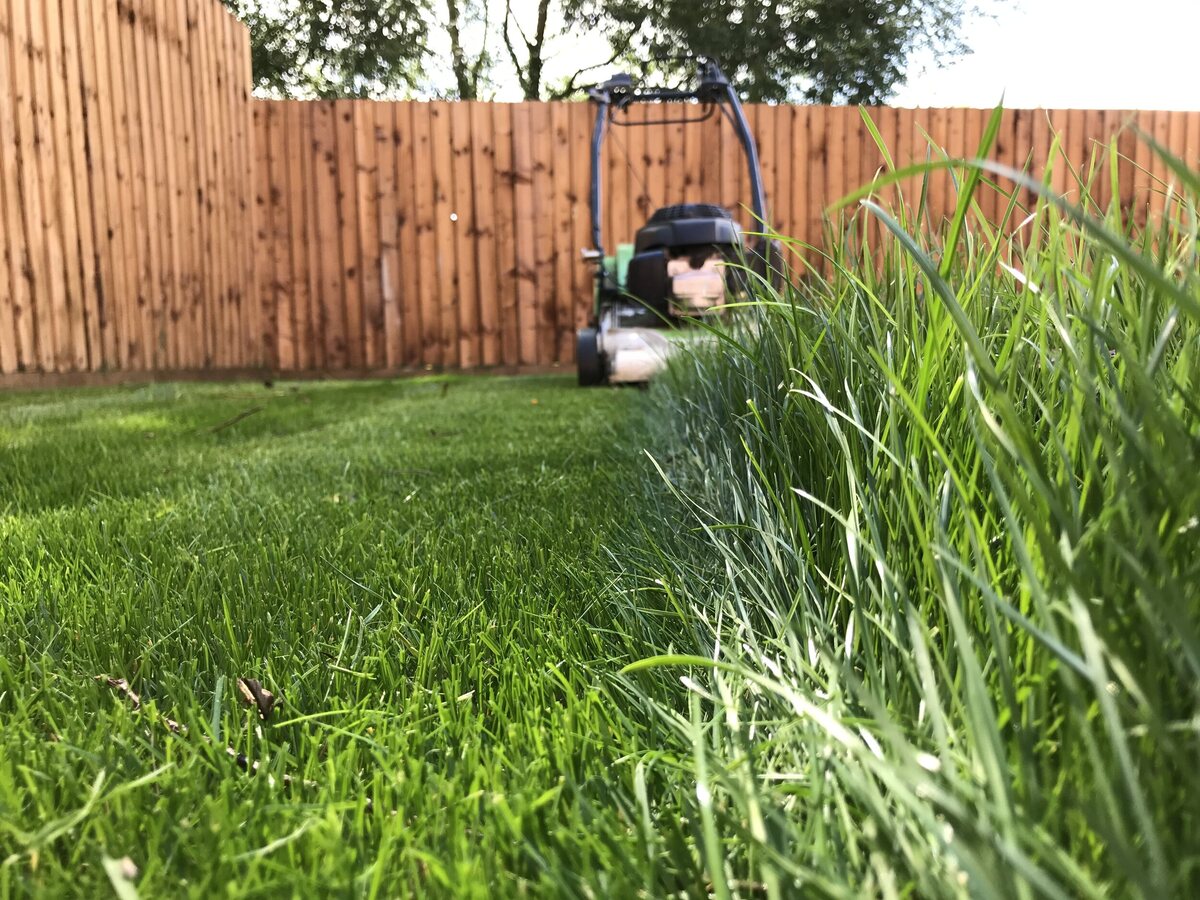
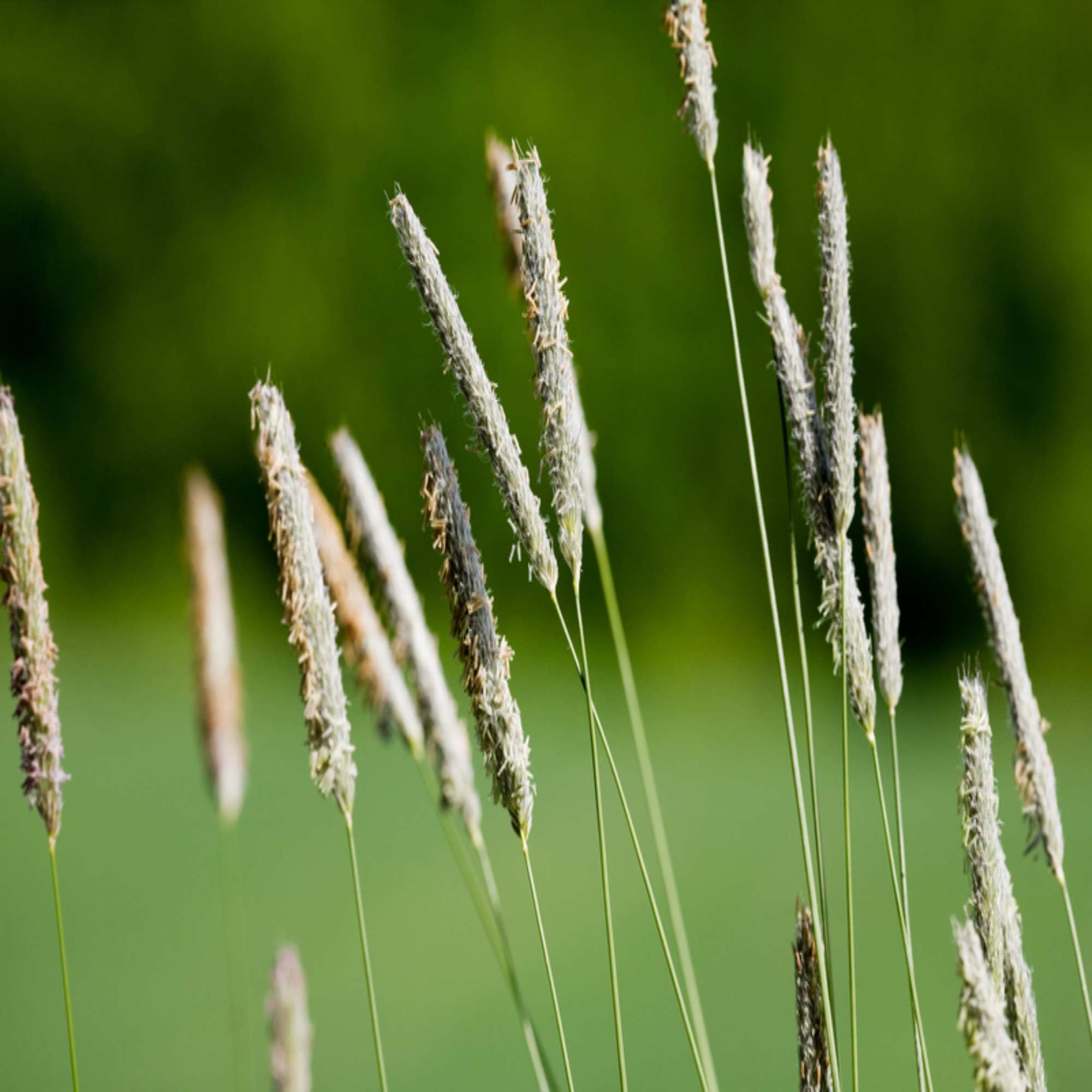
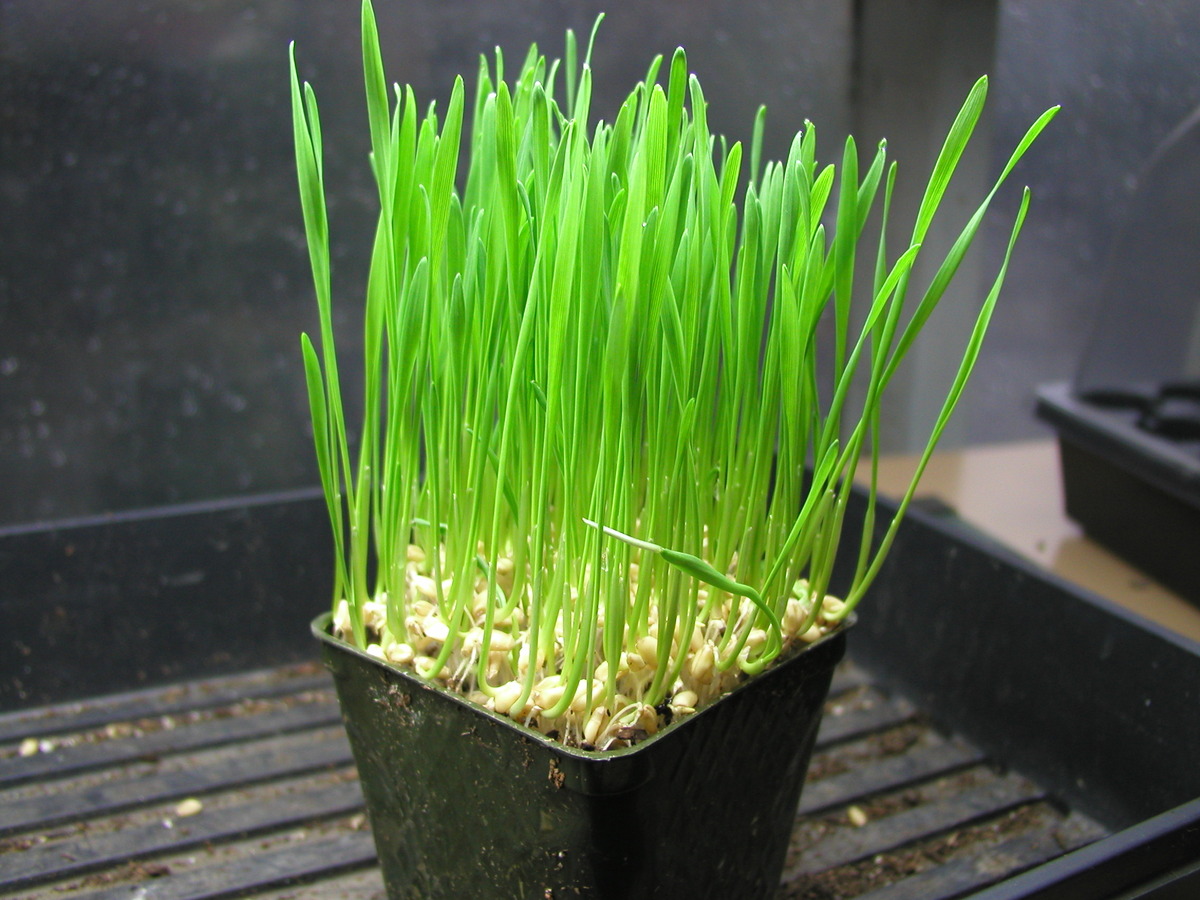
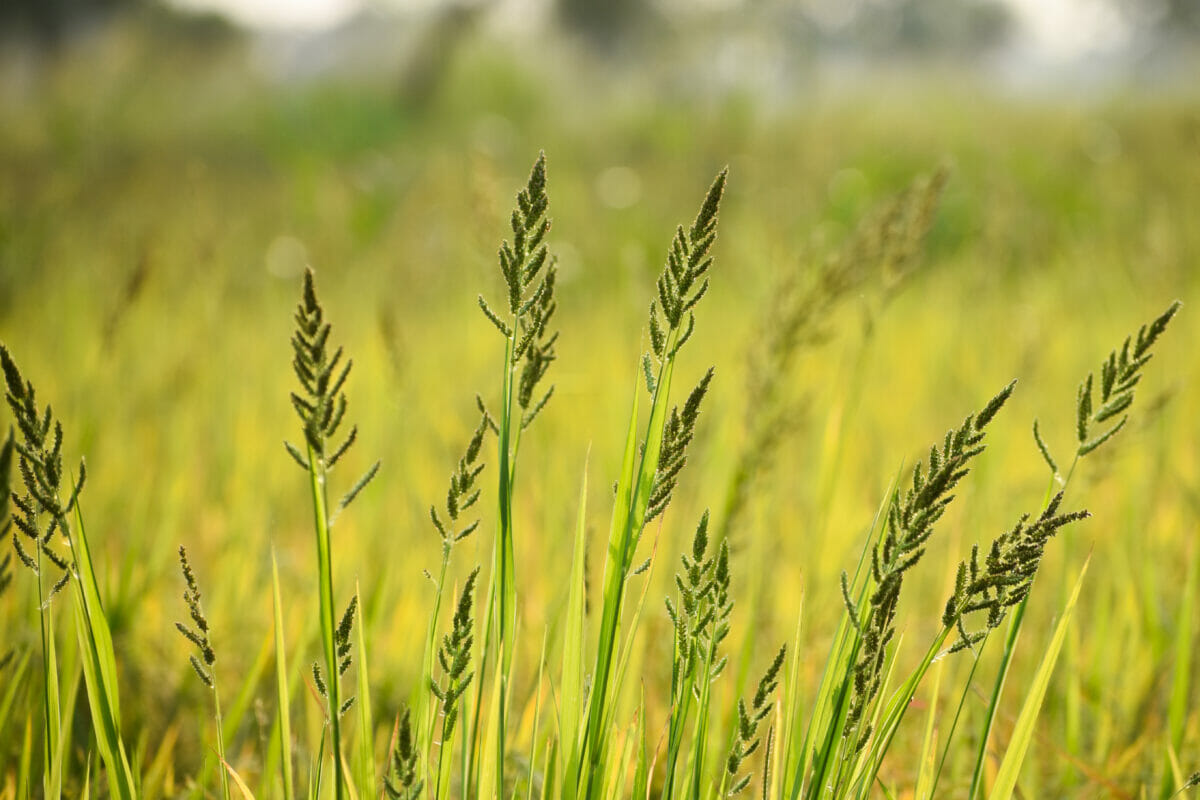
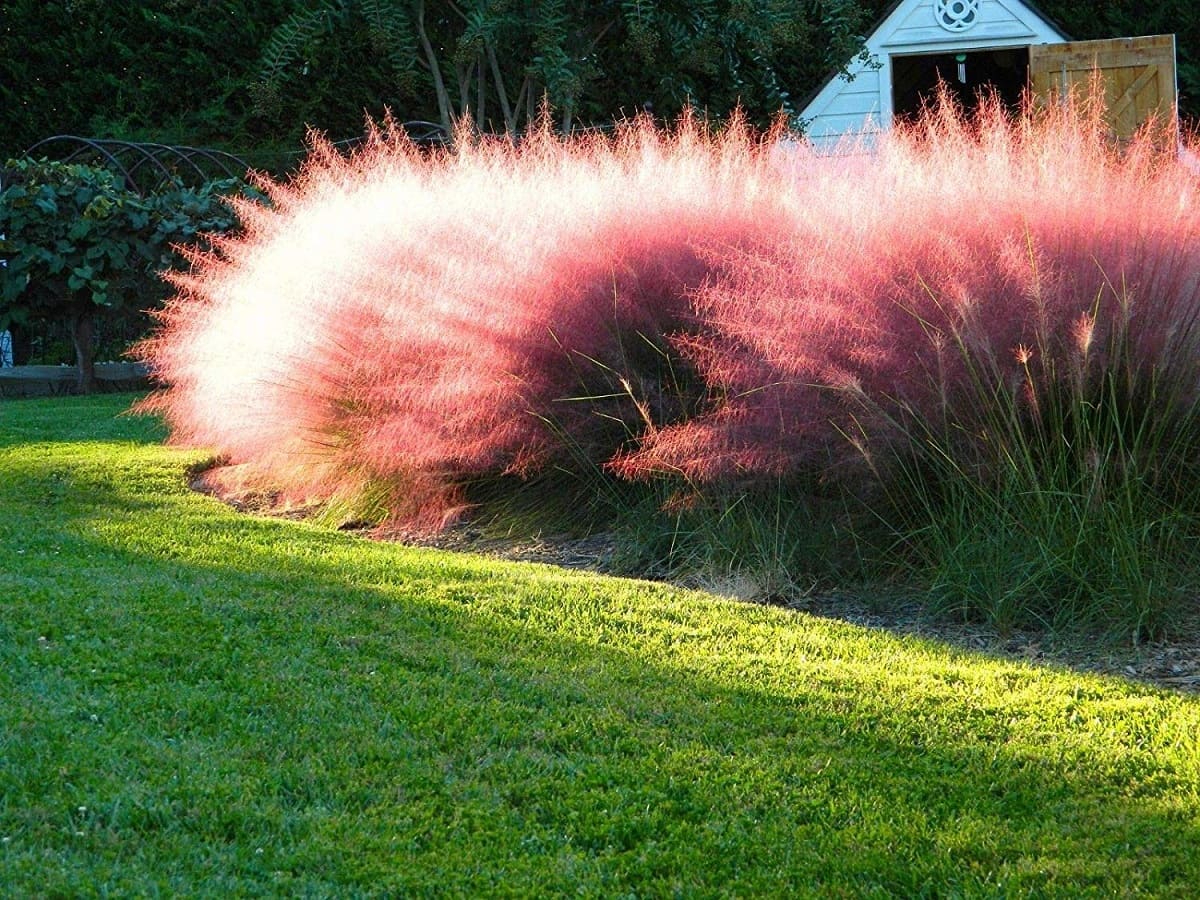

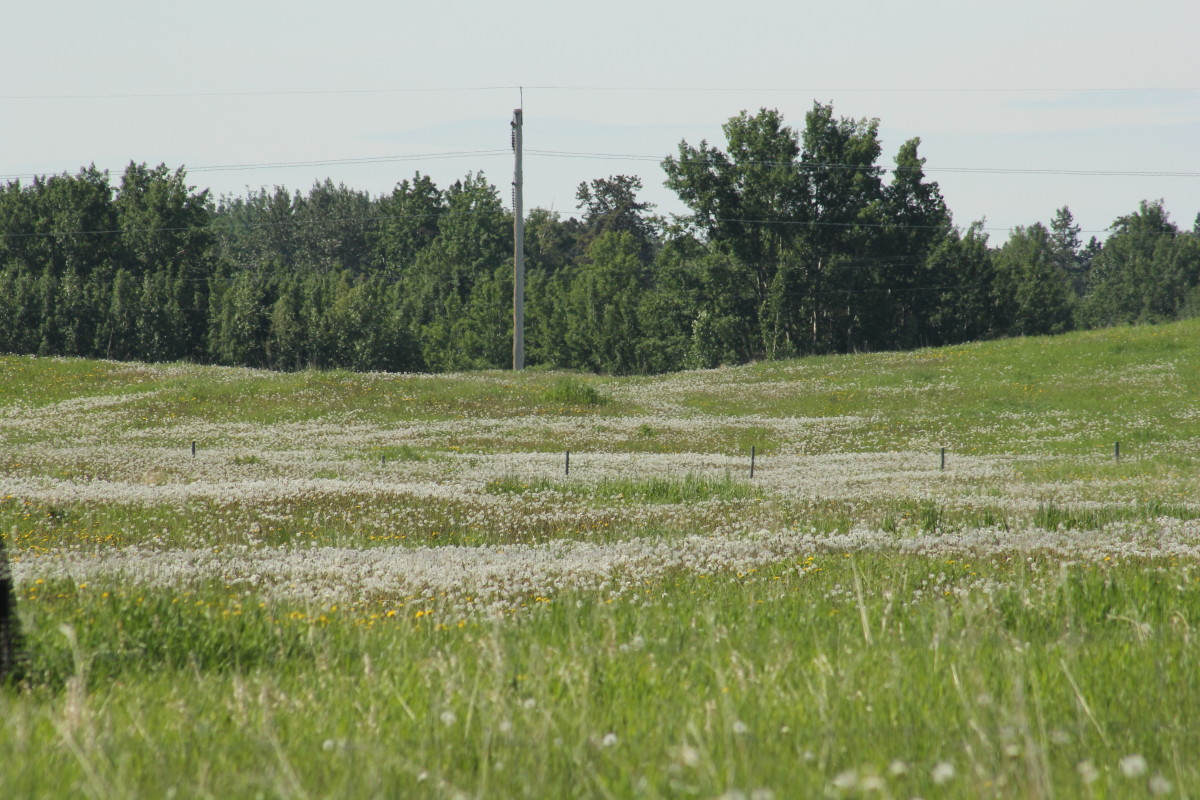
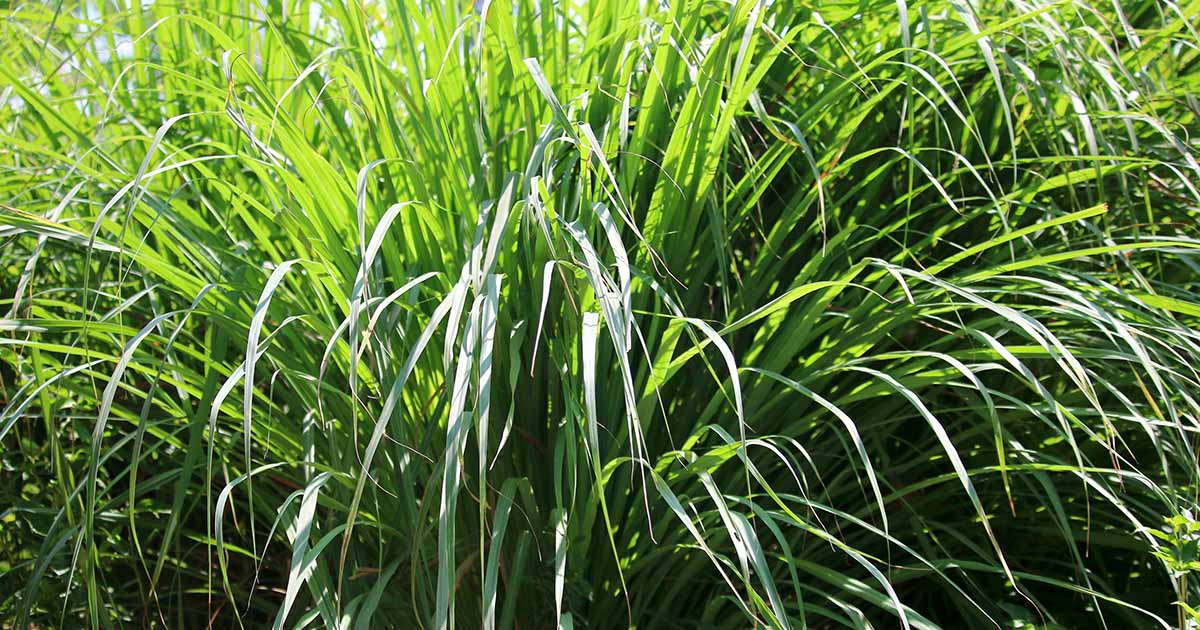
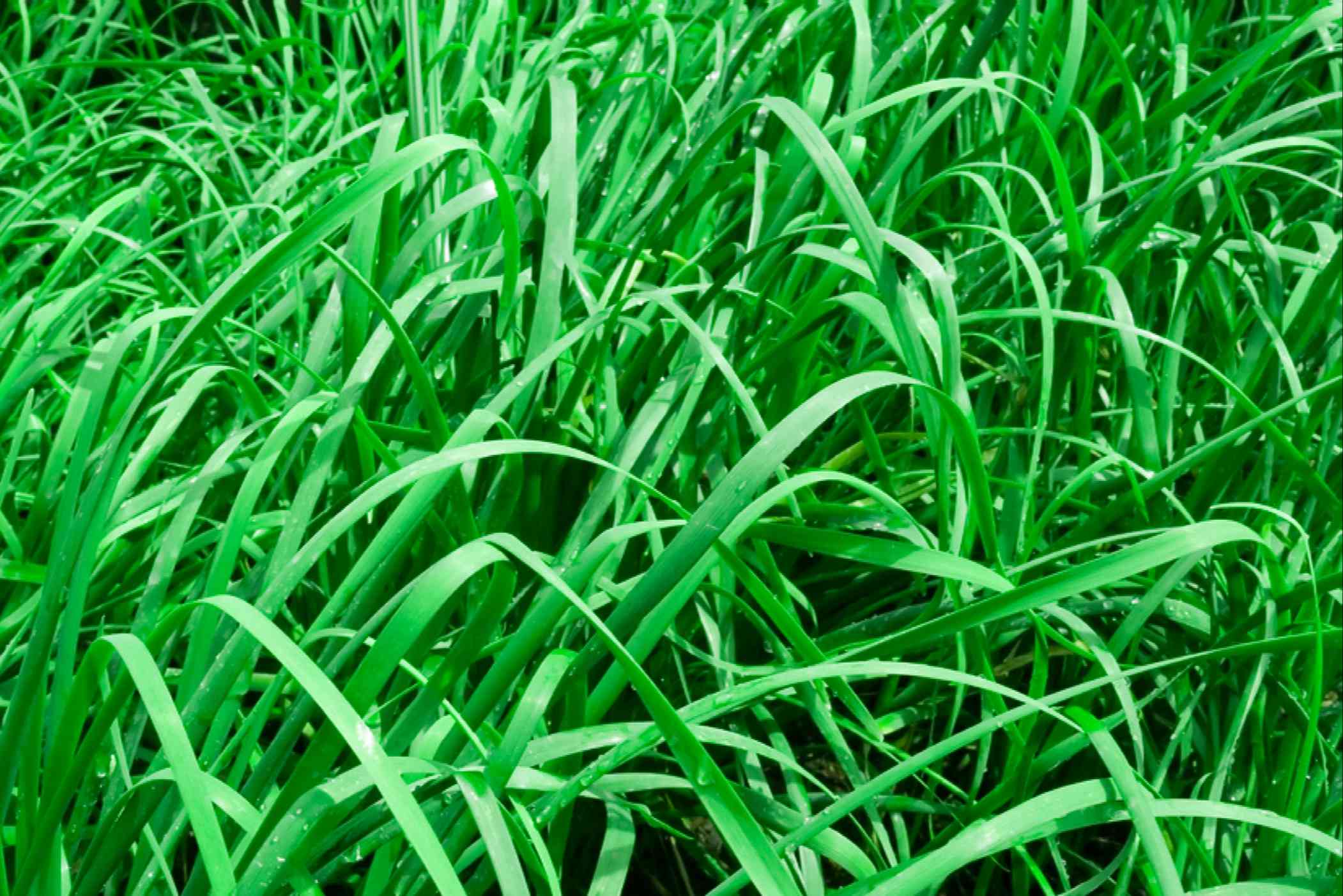
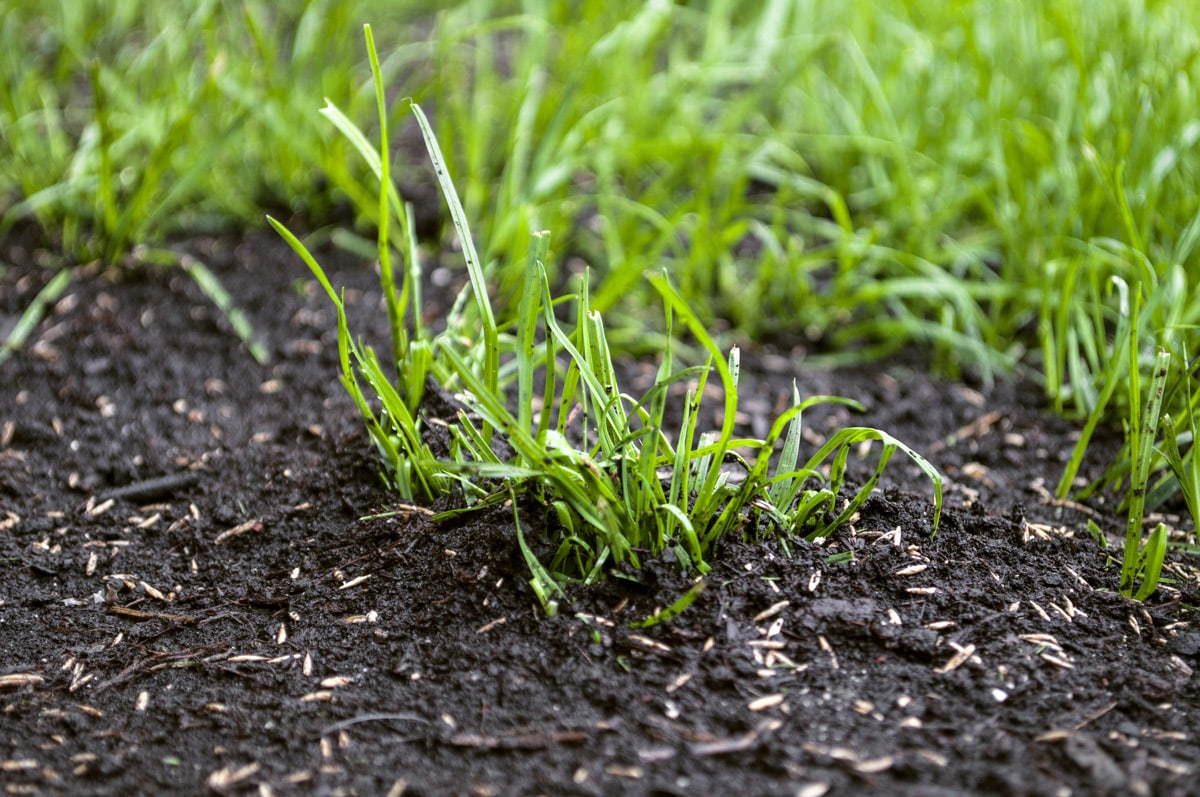
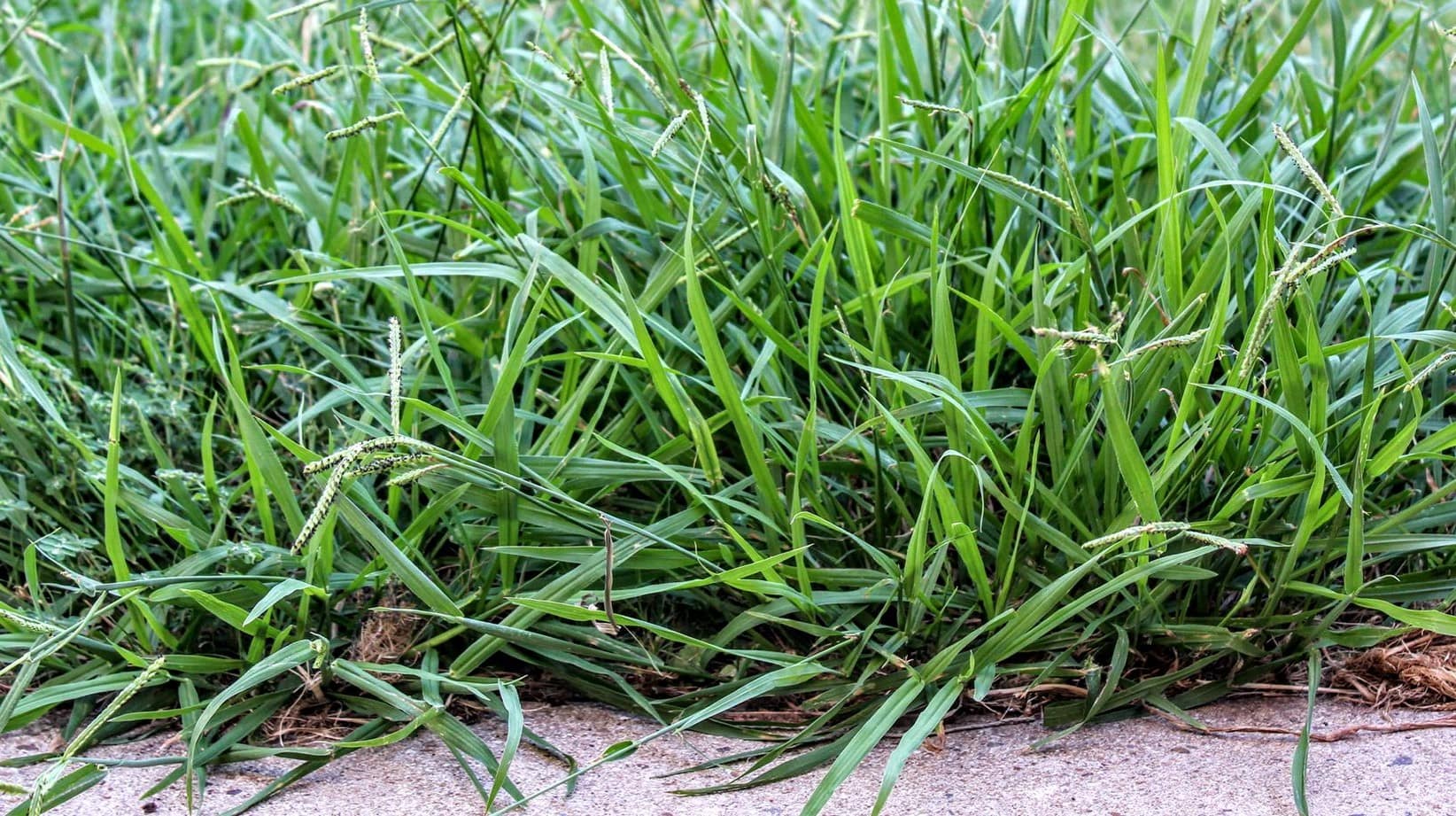
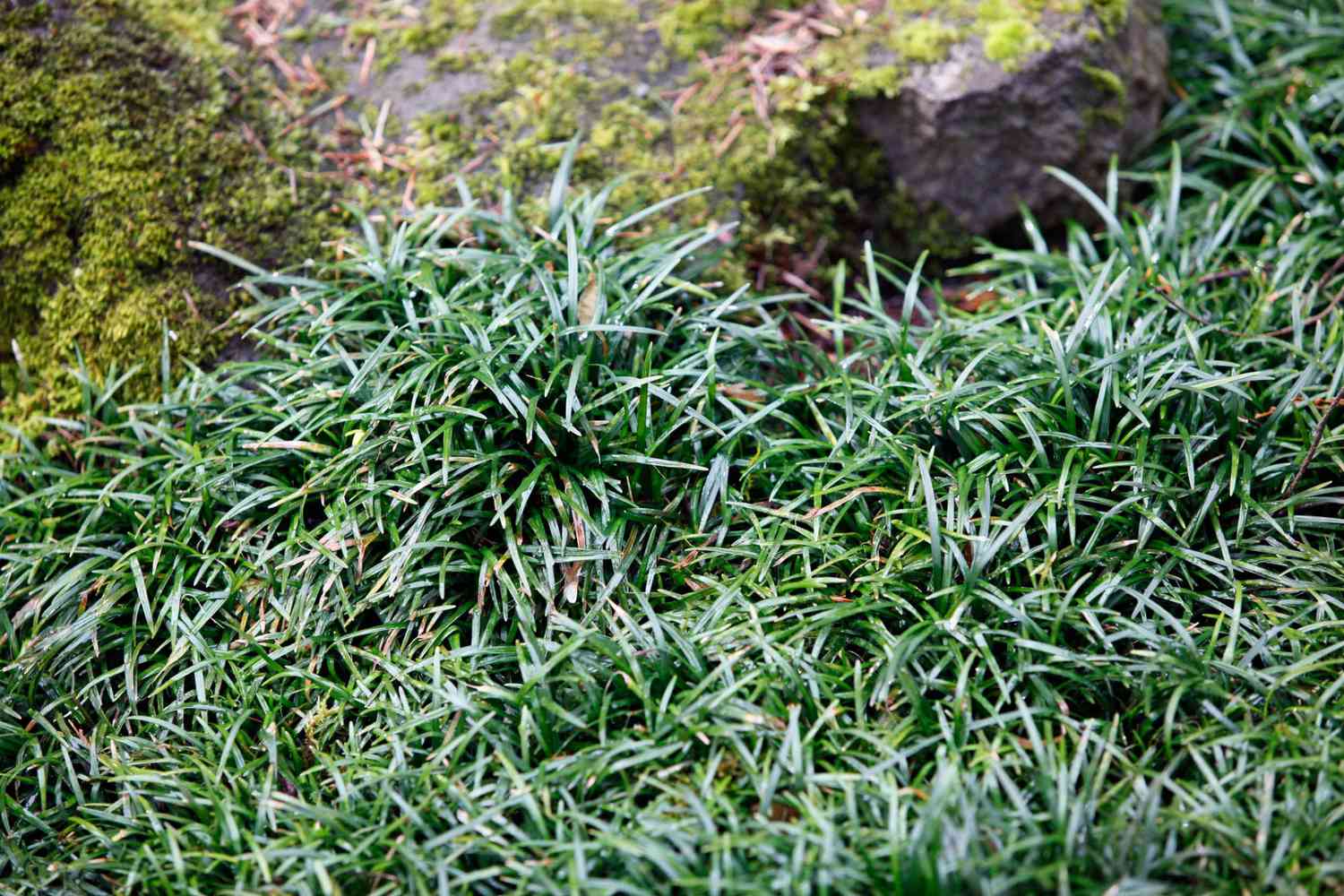
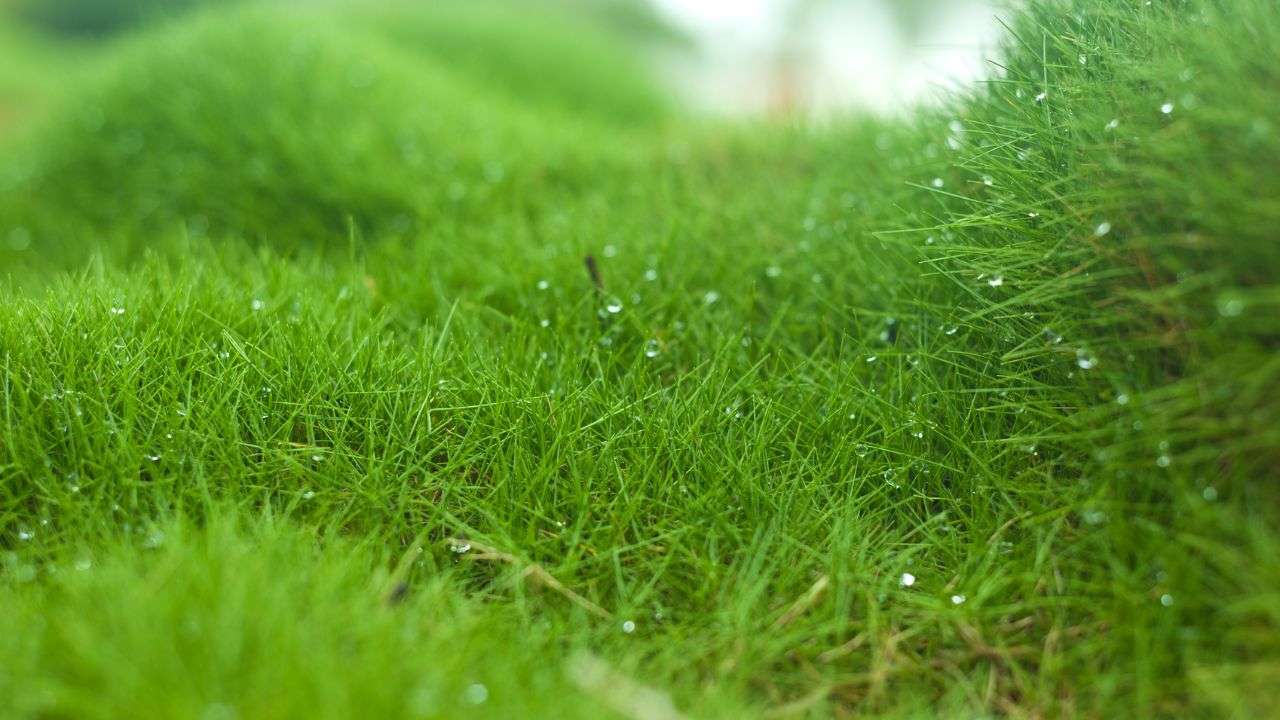

0 thoughts on “How Tall Does Timothy Grass Grow”